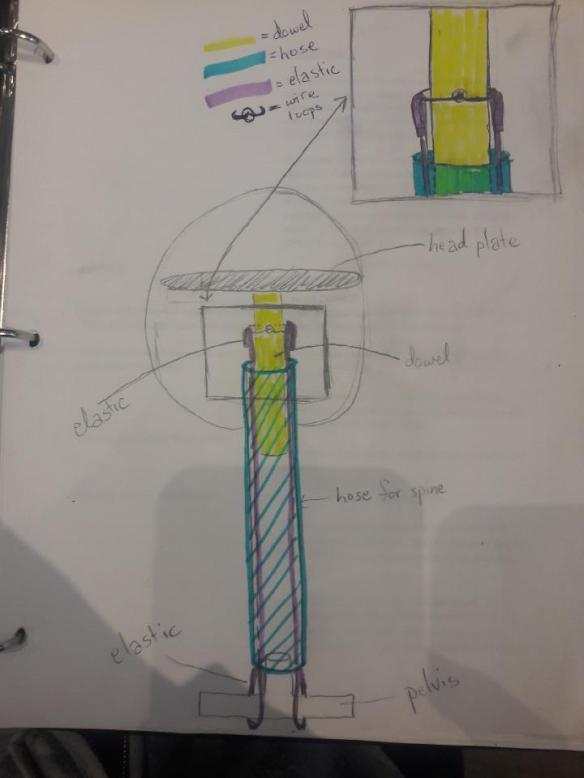By Nina Budabin McQuown
Over the centuries, naturalists have described the fens as a landscape of extraordinary fertility and disturbing darkness. At once a place “of manifold horrors and fears, and the loneliness of the wide wilderness,” and a place of abundance, “plentifully endowed” (Merchant 169, 166).
Perhaps the most potent symbol of that overlap of horror and abundance is the conger eel, a fish native to the fens, congers can grow massive in proportions, the recent record is 20 feet in length and over 130 pounds after gutting.

Slimy, sharp toothed, and writhing, eels are also delicious. They were a central part of a local economy that depended on the land—including hunting, fowling, and cutting peat for fuel. Eel fishermen used baskets trap to catch them and transport them to markets.

For the fen landscape we’re building for Tiddy Mun, then, eels are an essential part, but in building our eels, we want to be sure that their movement communicated both size and slithering, abundance and slime.
I wanted a puppet that could move like a real eel, and as I planned it, I thought of the toy wooden snakes I’d had as a child. Those snakes are built of a large number of wooden disks connected by a cloth spine. The internet, beneficent in all things, has an excellent tutorial on how to make them from scratch, but I needed our eels to be five to six feet long and five to six inches in diameter, so wood would be far too heavy to use as a material. Instead, I went for lighter cardboard. Instead of flat disks (I tried it, it would’ve taken approximately three hundred of them, individually cut in graduating size, to get the length and shape we needed!), I bent strips of cardboard into thicker rib shapes to build a skeleton. The plan was to connect them with fabric, then cover them with shining black nylon skin. In the end, this method produced an eel-like body shape, but if anything it was too flexible. It would require four hands to operate, and puppeteers might end up obscuring the puppet when all was done!
Amy reminded me of another kind of toy snake:

These wider segments might hold up under the weight of the puppet and still slither, so I cut and bent cardboard into the shape of the segments, then built a frame for the eel’s face, tale and flippers:


For added strength, I used a cornstarch glue and cardboard paper mache to cover the body of the eel:

I painted the eel, then attached each segment with a vertical wire, allowing them to slide individually from left to right. Two glass eyes made the puppet live, and the final product moved like this:
So here I am finally, a proud eel fisherman with my catch (and my cat):





 If you are thinking about setting up a space for your crafting habit, a great place to look for organization ideas is Pinterest of course! But I recommend taking time to let things get organized as you go. It can be good to invest in top of the line organization, but you don’t have to. Sometimes things just find their way into a nook without you intentionally putting them there, or you come upon some organizational device that was intended for one thing but works perfectly for the storage of something else like my shoe organizer.
If you are thinking about setting up a space for your crafting habit, a great place to look for organization ideas is Pinterest of course! But I recommend taking time to let things get organized as you go. It can be good to invest in top of the line organization, but you don’t have to. Sometimes things just find their way into a nook without you intentionally putting them there, or you come upon some organizational device that was intended for one thing but works perfectly for the storage of something else like my shoe organizer.


















